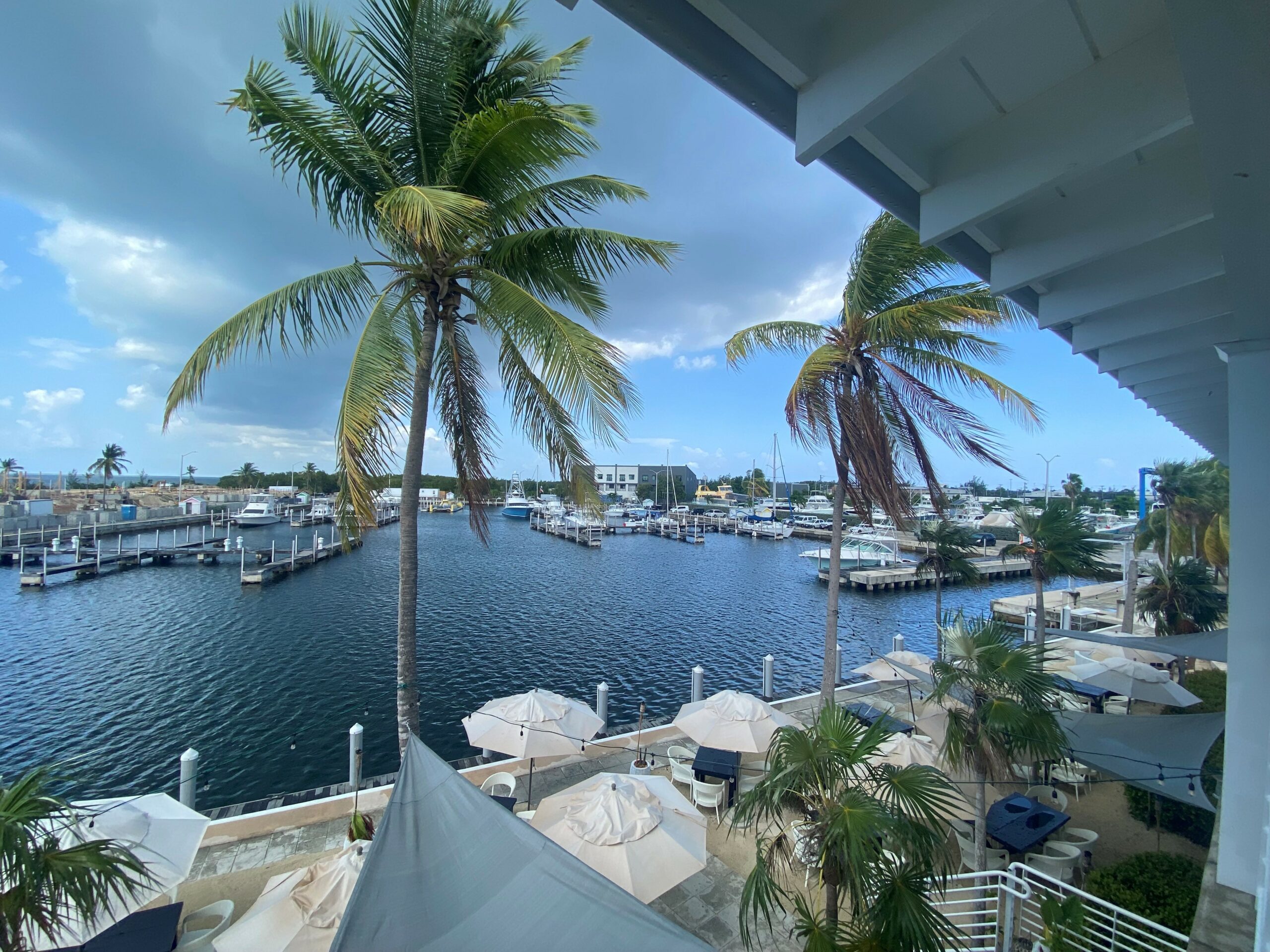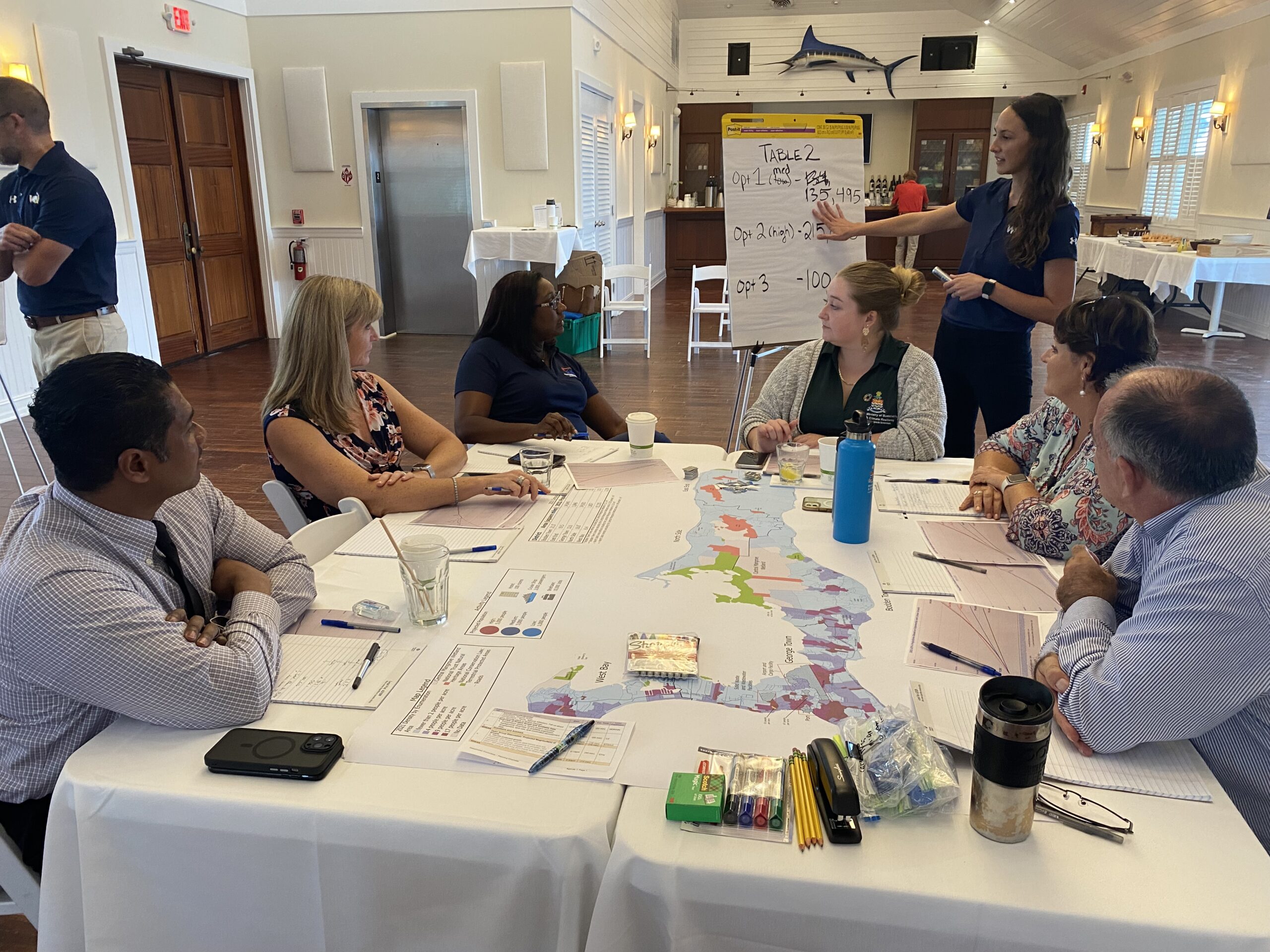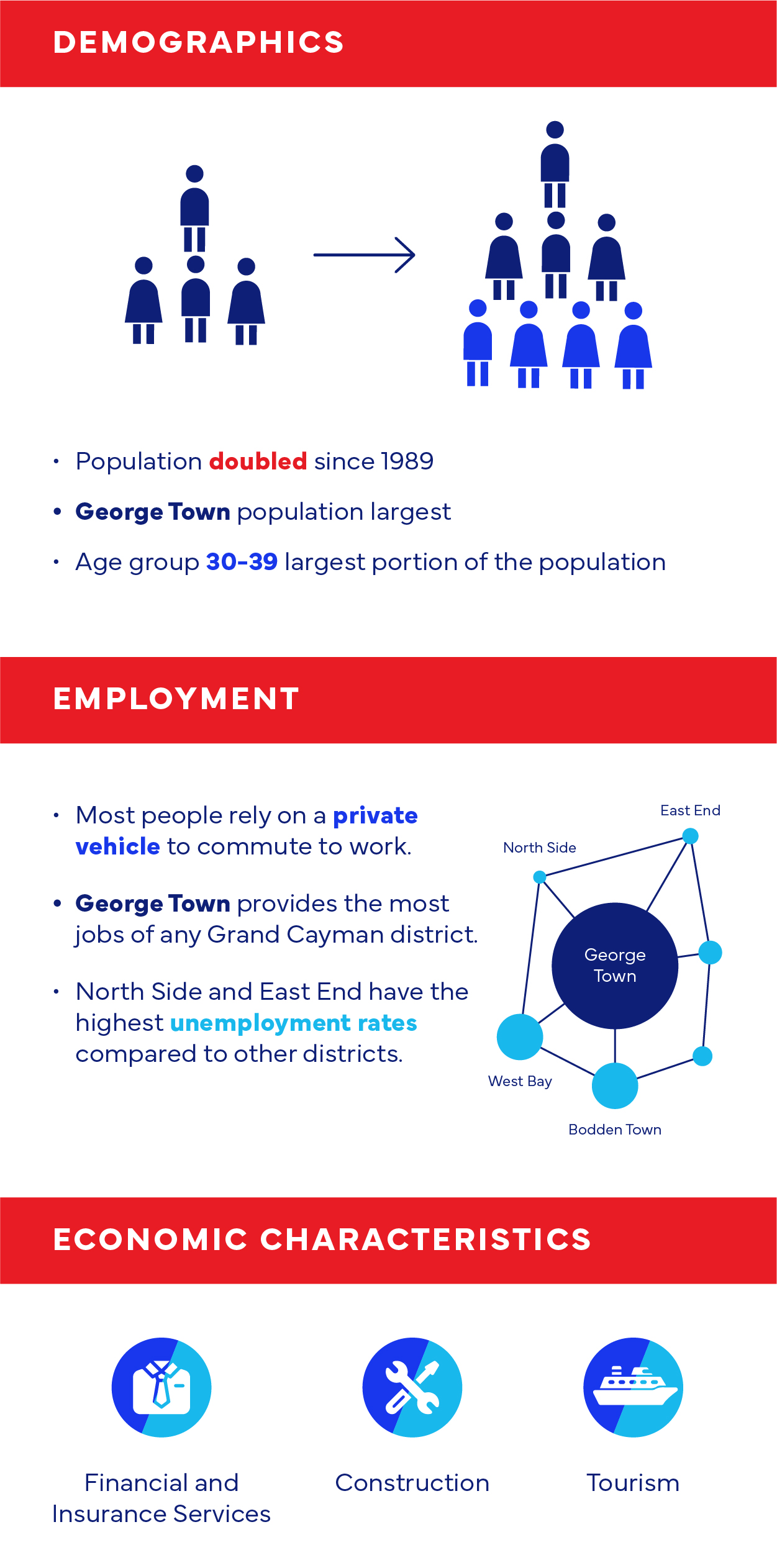Study Area Spotlight
Understanding the Socio-Economic study.
A project’s impacts can affect both the natural and human environments. Socio-economic assessments look at the pros and cons a proposed action could have on society.
Socio-economic components such as employment, income, and education affect how people and communities live.
Assessing the proposed project’s potential to affect changes in these factors aids in providing an understanding of the comprehensive and interrelated needs of individuals and the local communities.
Socio-economic status encompasses both objective characteristics (e.g., income or education) and subjective characteristics (e.g., people’s sense of place).

Understanding the Socio-Economic study.
A project’s impacts can affect both the natural and human environments. Socio-economic assessments look at the pros and cons a proposed action could have on society.
Socio-economic components such as employment, income, and education affect how humans and communities live.
Assessing the proposed project’s potential to affect changes in these factors aids in providing an understanding of the comprehensive and interrelated needs of individuals and the local communities.
Socio-economic status encompasses both objective characteristics (e.g., income or education) and subjective characteristics (e.g., people’s sense of place).

Socio-economic Baseline Conditions
Existing socio-economic baseline conditions were primarily sourced from the:
- Cayman Islands’ 2021 Census of Population and Housing Report (published July 2022)
- Cayman Islands’ Compendium of Statistics 2021 (published August 2022)
- With supplement from the Cayman Islands’ Compendium of Statistics 2022 (published July 2023).
The population of the Cayman Islands has more than doubled since 1989, with most of the population living on Grand Cayman.
The islands experienced:
- 4.4 percent (%) annual growth between 1989 and 1999
- 3.2% annual growth between 1999 and 2010
- 2.4% annual growth between 2010 and 2021
The population of George Town remains the largest of the five Grand Cayman districts. Bodden Town has grown the fastest, and now has roughly the same number of people as West Bay.
Age distribution on the island favours working-age individuals;
- Age group 30-39 contains the largest proportion of the population
- Age group 40-49 contains the second-largest proportion of the population
George Town provides the most jobs of any Grand Cayman district. Many people from West Bay, Bodden Town, North Side, and East End rely on commuting to George Town for employment opportunities.
North Side and East End have the highest unemployment rates compared to other districts (over 8% while the rest are under 8%). Most people rely on a private vehicle to commute to work.
Financial and insurance services is the top industry in the Cayman Islands in terms of GDP contribution.
In 2021, the industry employing the most people was construction.
Tourism is a contributor to multiple industries on Grand Cayman, however, the limited advertisement for tourism destinations in Bodden Town, North Side, and East End combined with the difficulty of day-trippers reaching these districts means that most tourism occurs in George Town and West Bay.
The port and the airport are both located in George Town. The port location makes cruise passenger tourist trips to Bodden Town, North Side, and East End more difficult, and the airport location means longer travel times for residents of these three eastern districts.
Police and fire stations are distributed across the island.
The Accident & Emergency hospital authorized by HSA is in George Town, though a private hospital is also available in East End.
Public schools are available in each district, but the majority of private schools are situated in George Town. George Town is also home to two of Grand Cayman’s three public high schools.

future conditions
Projections for future conditions are difficult to quantify; social scientists use population trends, stakeholder input, planning information, and more.
Future socio-economic conditions were primarily sourced from the Land Use Charette.
The Land Use Charrette identified current population information, population growth history on Grand Cayman, population growth rates, and current and projected land use. Attendees combined their knowledge and experience to come up with several growth scenarios which then informed the EIA analysis.
For the EWA EIA, getting input from stakeholders who know the island best was a key factor in developing future projections.

analysis process
The social scientists on the EWA EIA study team use the compiled baseline data and projected future data to analyse and evaluate the possible impacts of the project on socio-economic considerations like quality of life issues including noise and vibration, and access to resources.
This analysis involves numerous steps informed by the:
- NCC Directive for EIAs
- The UK Department for Transport’s Transport Analysis Guidance
- Because travel times, traffic, and roadway conditions can have a large impact on quality of life, the socio-economic analysis also relies on data from the Transportation and Mobility study and on preliminary roadway design from the EWA EIA Engineering team.
The socio-economic analysis is one of the Environmental Impact Assessment’s many components, with a focus on studying these disciplines in a holistic and interrelated way. This gives decision makers as much information as possible. Decision makers can consider socio-economic effects, like benefits to quality of life and changes in travel time, within the broader information presented in the Environmental Statement.
Here’s what we are studying


